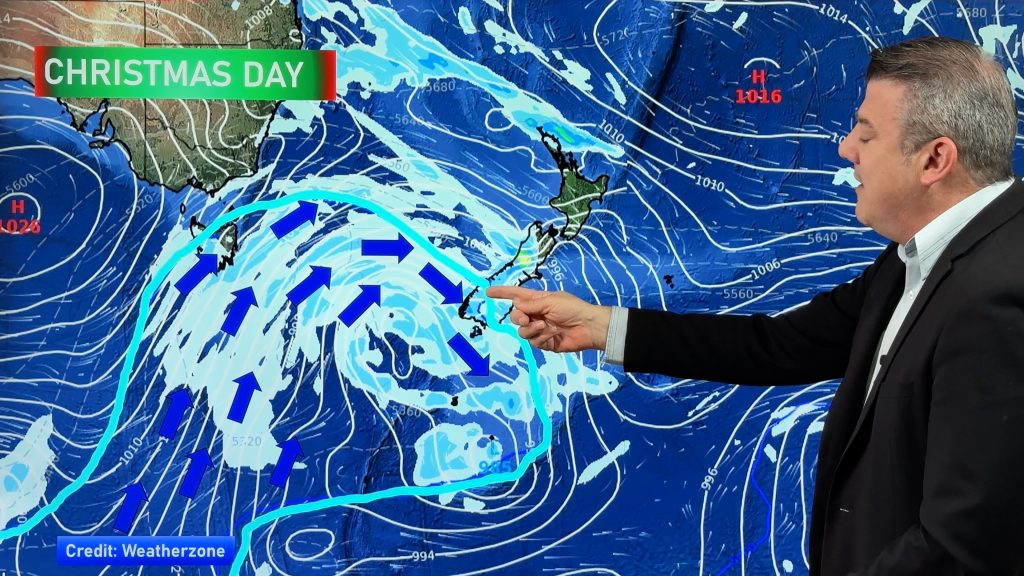Week in Weather – What’s been making headlines this week
20/11/2015 6:00pm

> From the WeatherWatch archives
Another week gone, and it’s been HOT – maybe not so much here in New Zealand, but in other parts of the world, temperatures have been rising steadily, causing concern – especially in Australia.
We’ll start across the Tasman, where Aussie forecasters were picking the week just gone as a hot one – warning of severe and extreme conditions in parts of the country.
Temperatures rose steadily from Tuesday in all states except Tasmania, caused by a large high pressure system moving east across the country from Western Australia.
Scorching #HeatWave building across Australia. Darwin will likely be hardest hit capital. https://t.co/N99f8u459G pic.twitter.com/NCYkLQQ7ea
— abcnewsNT (@abcnewsNT) November 16, 2015
Of course, with the heat, at this time of year, the danger of bushfires increases, and with conditions the most intense since at least last summer, South Australia, Victoria, New South Wales and much of these states are about to experience worse fire weather conditions than in early-to-mid October, the last time a wave of hot, dry winds blew across the region.
Some inland areas exceeded 40 degrees as humidity dropped below 10 percent, and winds gusted to 40-to-50 km/h, while fires raged near Perth – aided by the ideal conditions.
‘Just black, black haze’: Smoke plume looms north-east of #Esperance as #bushfires rage https://t.co/YzyExiP23q pic.twitter.com/vENSH1TBn3
— ABC News Perth (@abcnewsPerth) November 17, 2015
Meanwhile, over on the other side of the country, a heatwave in New South Wales pushed temperatures in Sydney to 41 degrees Celsius on Friday, with 30 national parks across the state’s south being closed due to an increased fire risk.
The Bureau of Meteorology (BoM) said heatwave conditions were being caused by an approaching front and a slow-moving high pressure system over the Tasman Sea.
Total fire bans now in force for the Northern, Souther and Eastern Riverina areas.#NSWRFS #nswfires pic.twitter.com/BY5zBzWMxn
— NSW RFS (@NSWRFS) November 18, 2015
Officially hottest November day in Sydney since 1982, with 42.7 recorded at airport. https://t.co/WPV2HqeV8w #9News pic.twitter.com/kAx0oKko2z
— Nine News Australia (@9NewsAUS) November 20, 2015
The long-anticipated arrival of that mysterious object from outer space came and went Friday last week without alien invasion or planetary destruction.
But scientists who orchestrated a rapid response to the recently discovered object declared their effort to be a smashing success.
Check out the spectacular video below!
El Niño has been on everyone’s lips recently, and this week was no exception – and while others are focused on the extreme side of El Nino globally, WeatherWatch.co.nz continues to take a sensible and realistic approach to the current pattern around New Zealand and how El Nino may be impacting it now, and into the several weeks ahead.
Check out our forecast for the coming months, here.
Meanwhile, the rest of the world is concerned, and rightly so, because we’re seeing the extremes of El Nino on both sides of the Pacific Ocean.
On one side of the Pacific, large tracts of Australia are gripped by drought triggered by the phenomenon.
On the opposite side, the desert coastline of Peru is preparing for devastating rain.
In the next few months it could deliver a multi-billion-dollar damages bill from landslides, floods, failed crops and the collapse of the world’s largest anchovy fishery.
And further afield, American climate scientists are also predicting a grave few months ahead, as the strongest El Ni̱o in 18 years continues to intensify Рsaying it is likely to be one of the three strongest on record by the time it peaks this winter.
This El Niño is then expected to weaken in the spring, disappearing altogether by late spring or early summer 2016 (winter NZT), the November El Niño diagnostic discussion from NOAA’s Climate Prediction Center said.
Nino 4 highest weekly anomaly (+1.7C) and warmest absolute temp for any Nino region (30.3C) on record (since 1990). pic.twitter.com/esGIR9g0Z0
— Philip Klotzbach (@philklotzbach) November 9, 2015
In more grim news, it looks like Earth is already halfway to the “danger zone”, according to global data from NOAA released Thursday this week.
The report shows that the average temperature across the entire planet for the month of October was a record shattering 0.98 degrees Celsius (1.76 degrees Fahrenheit) warmer than average for the month of October — making it the highest average temperature reached compared to normal in Earth’s historical record.
As Congress probes the global warming ‘pause,’ actual temperatures are surging https://t.co/5eeaPIvK5W
— Lucas Wyrsch (@FuturePowerGen) November 19, 2015
And finally, check out what’s coming up for your weekend with Philip Duncan, here – and rate your 2015 spring in our latest poll below if you haven’t yet!
– Drew Chappell, WeatherWatch.co.nz
Comments
Before you add a new comment, take note this story was published on 20 Nov 2015.




Add new comment